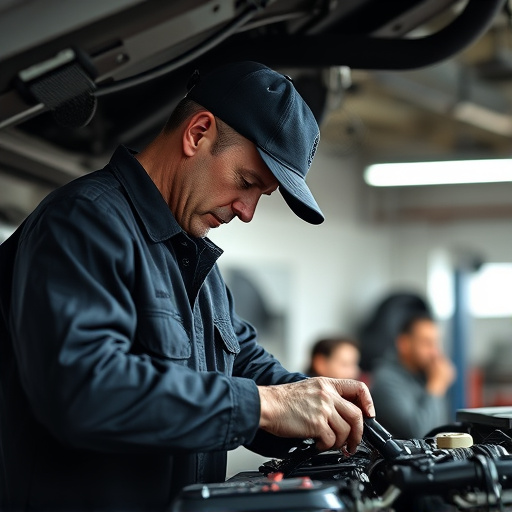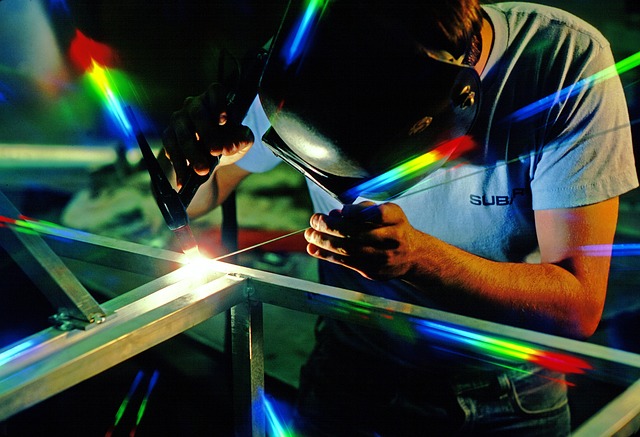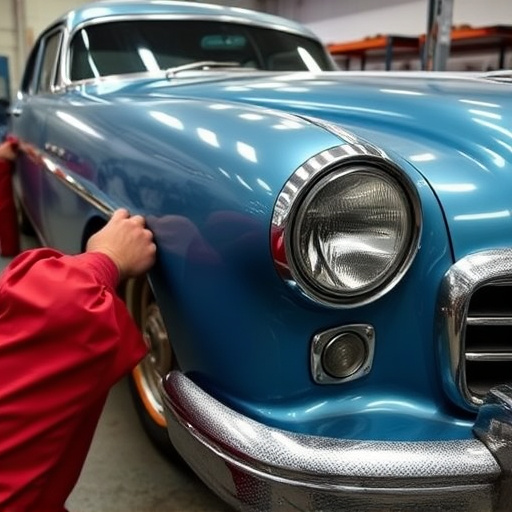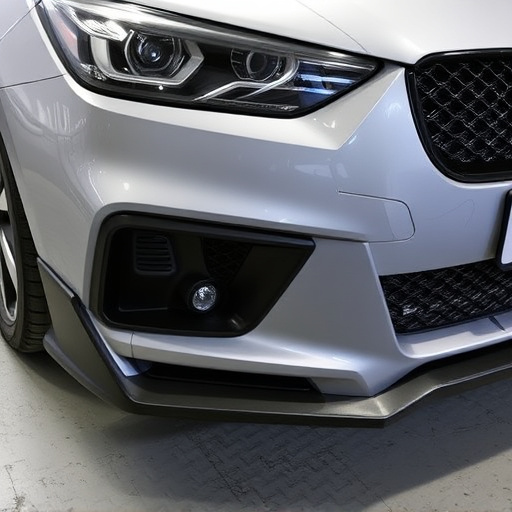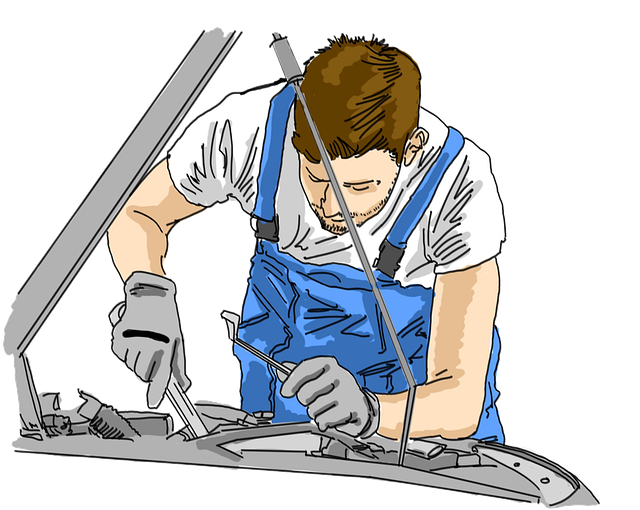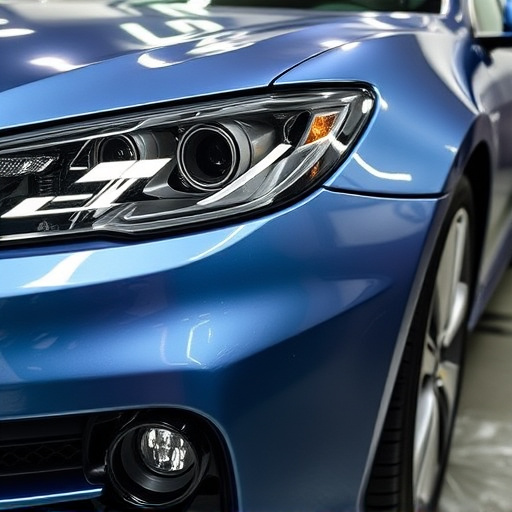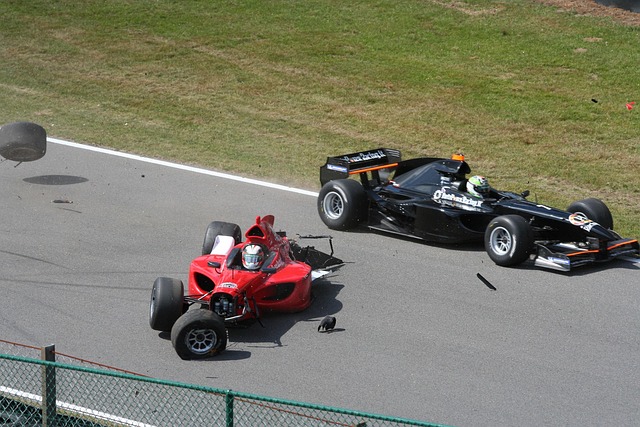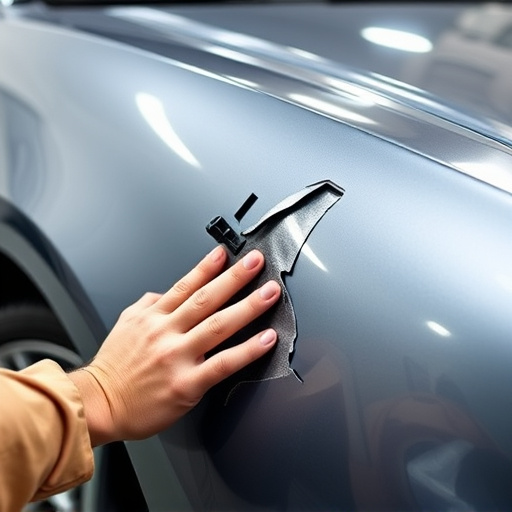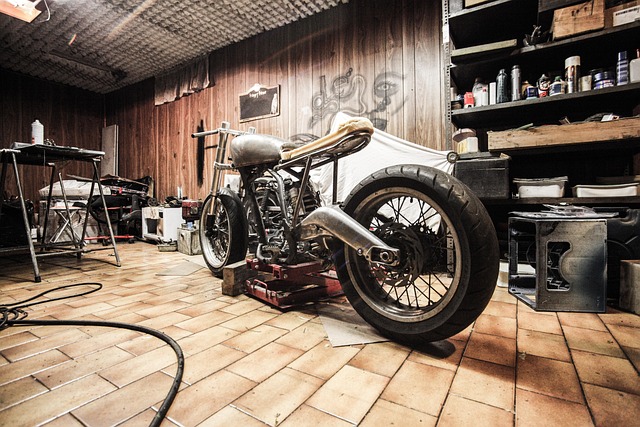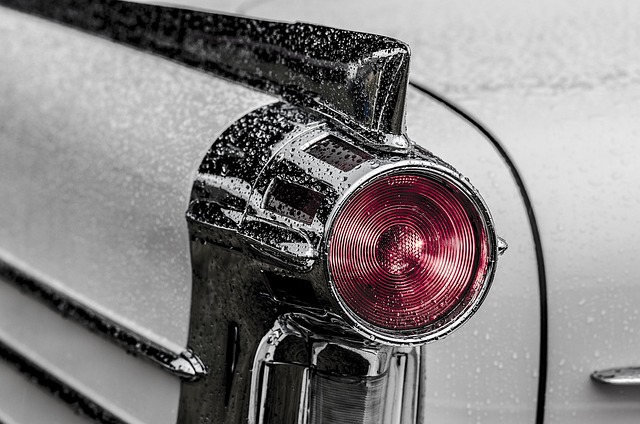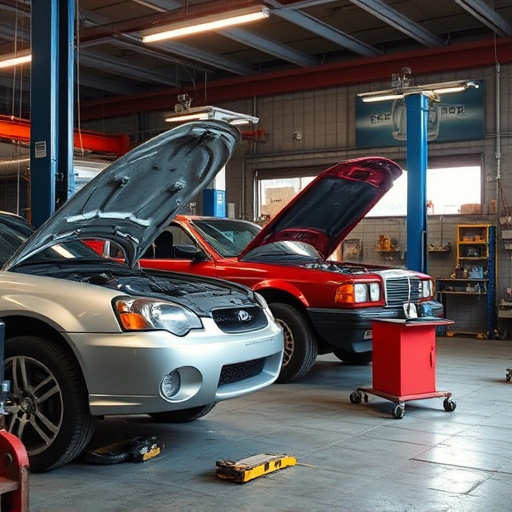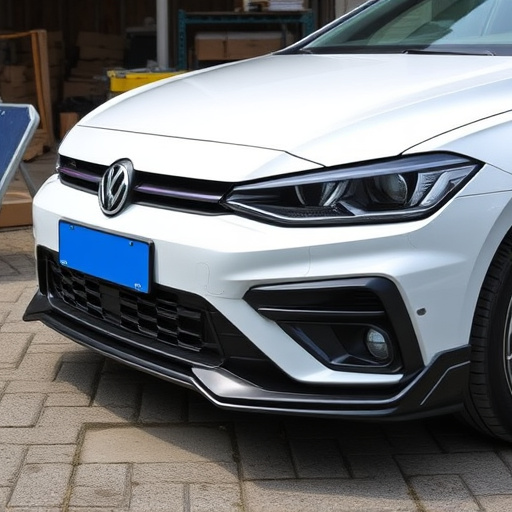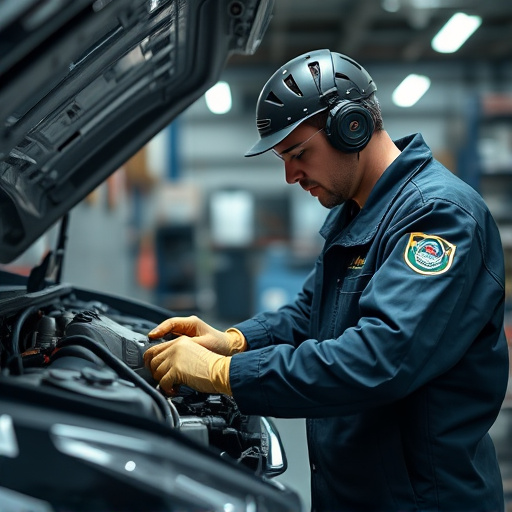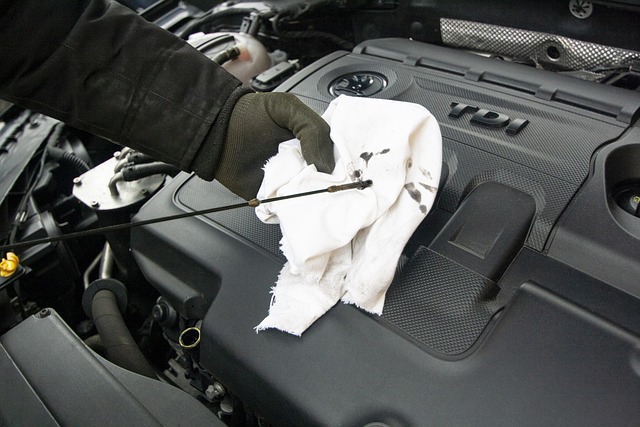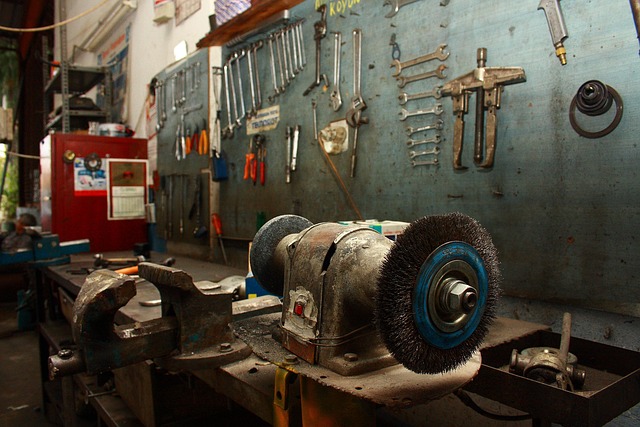Paintless Dent Repair (PDR) is a specialized technique that restores damaged vehicle bodies by manipulating behind dents to extract them without traditional paintwork, offering faster turnaround times, reduced costs, and preservation of factory finishes. This non-destructive method, suitable for both automotive and fender repair, corrects defects on steel panels by assessing damage, removing affected layers, filling imperfections, and smoothing the surface before repainting. PDR benefits manufacturers and installers by preserving original finishes, eliminating sandblasting or painting, and providing eco-friendly solutions that meet growing consumer demands for sustainable practices in steel panel industry.
In the world of construction and manufacturing, the aesthetics and durability of steel panels are increasingly important. Paint Defect Removal (PDR) has emerged as a game-changer, offering a scientific approach to eliminating defects like scratches, dents, and rust on steel surfaces. This article delves into the science behind PDR for steel panels, exploring its definition, benefits, and the technology driving its effectiveness. We’ll uncover the methods, tools, and best practices that ensure optimal results, while also looking towards future innovations in this dynamic field.
- Understanding PDR for Steel Panels
- – Definition and process overview of PDR (Paint Defect Removal) specifically tailored to steel panels.
- – The benefits of PDR for the steel panel industry.
Understanding PDR for Steel Panels
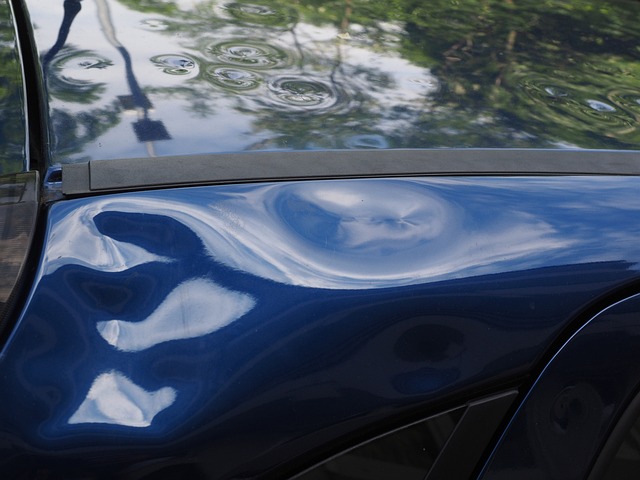
PDR for steel panels, or Paintless Dent Repair, is a specialized technique used to restore damaged vehicle bodies, focusing on removing dents and dings without the need for traditional paintwork. This non-invasive method has gained significant popularity in the auto industry, particularly for auto frame repair and auto glass repair processes. By utilizing advanced tools and skilled technicians, PDR effectively addresses various types of dents, from minor bumps to more substantial damage, often leaving no trace of the original imperfection.
The process involves careful manipulation of a specialized tool, known as a dent puller or tab, which is inserted behind the dented area. Through precise pressure and movement, the technician gently extracts the dented panel, returning it to its original shape. This technique is especially valuable for steel panels due to their strength and flexibility, allowing for effective restoration without compromising structural integrity. Compared to conventional auto collision repair methods, PDR offers benefits such as faster turnaround times, reduced costs, minimal paint alteration, and the preservation of factory finishes, making it a preferred choice for both automotive dealerships and individual vehicle owners.
– Definition and process overview of PDR (Paint Defect Removal) specifically tailored to steel panels.
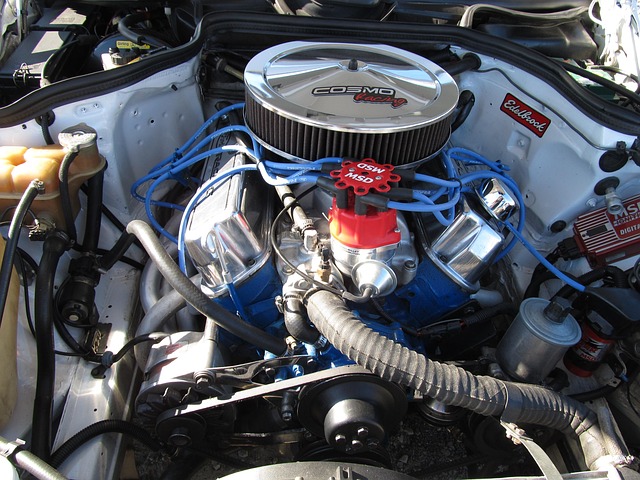
Paint Defect Removal (PDR) is a specialized technique designed to correct defects and imperfections on steel panel surfaces, such as those found in automotive and fender repair. It involves a meticulous process that aims to restore the original appearance of the metal without damaging or replacing the entire panel. This non-destructive approach has become increasingly popular for its efficiency and cost-effectiveness in various industries, including automotive manufacturing and custom steel fabrication.
The PDR process begins by carefully assessing the paint defect, which could range from small scratches, dents, or holes to more extensive damage like rust spots or delaminated coatings. Skilled technicians then employ a series of tools and techniques tailored for steel panels. This may include using specialized tools to gently remove damaged paint layers, fill in imperfections with matching compounds, and smoothen the surface before applying a new coat of paint. By focusing on precision and minimal material removal, PDR ensures that the structural integrity of the steel panel is preserved, making it an eco-friendly and cost-efficient solution for both minor cosmetic issues and more complex automotive repair cases.
– The benefits of PDR for the steel panel industry.
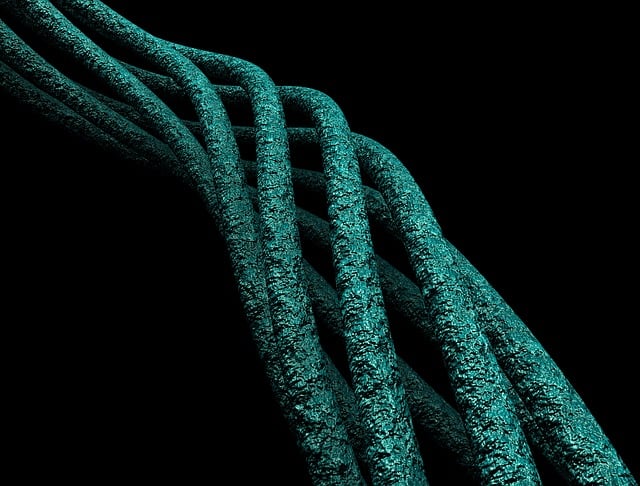
In the steel panel industry, PDR (Paintless Dent Repair) offers a game-changing solution for damage repair. By employing this advanced technique, manufacturers and installers can significantly enhance the aesthetics and longevity of their products. PDR for steel panels is particularly beneficial due to its non-invasive nature, which preserves the original finish and structural integrity. This process allows for efficient restoration of dents and dings without the need for sandblasting or painting, resulting in cost savings and faster turnaround times.
Moreover, integrating PDR into auto bodywork and vehicle restoration practices has proven to be a reliable and eco-friendly approach. Unlike traditional repair methods that can lead to additional material waste and environmental impact, PDR minimizes debris generation and reduces the demand for hazardous chemicals. As a result, it not only contributes to a cleaner work environment but also caters to the growing consumer preference for sustainable auto body restoration techniques.
PDR for steel panels is a game-changer in the industry, offering a cost-effective and efficient solution for defect removal. By understanding the science behind this process, manufacturers can enhance their product quality, ensuring a smooth and durable finish. The benefits are clear: improved aesthetics, increased productivity, and reduced waste. Embracing PDR allows for better steel panel performance, making it an essential consideration for any manufacturer aiming to stay competitive in the market.
